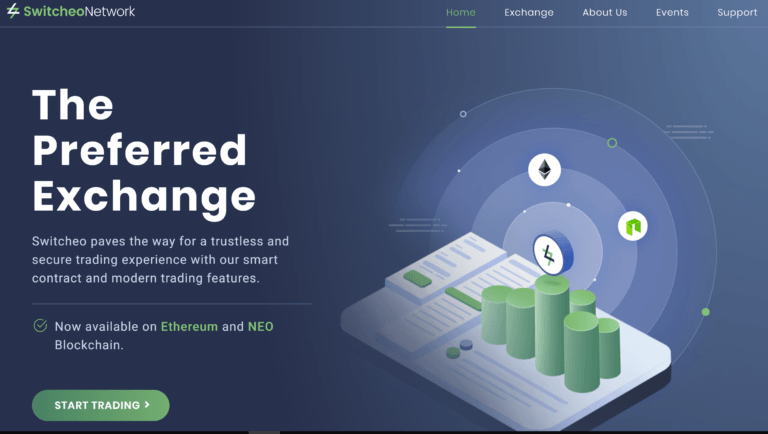Switcheo, a NEO-based decentralized cryptocurrency exchange (DEX) has recently launched atomic swaps on the Ethereum and NEO blockchains, meaning users will be able to seamlessly swap its SWTH token to ETH.
According to the exchange’s announcement, the feature currently seems to only work with its SWTH token, although a wider rollout would be expected. The development is nevertheless notable, as Switcheo has become the first decentralized exchange to allow cross-chain trades between the Ethereum and NEO blockchains.
Ivan Poon, the exchange’s CEO, was quoted as saying:
A challenge with existing trustless exchanges is that trades are confined to individual blockchains, limiting the market combinations that can be offered to users. With the launch of the new feature, users can now trade conveniently between ETH and NEO markets, while retaining full custody of their funds.
Per Switcheo, atomic swap technology has been around for “a few years” but hasn’t been widely adopted because the process “to complete a swap is usually troublesome.” John Wong, the company’s VP of Engineering, noted the team worked to simplify the process for users, so the exchange is now able to “provide consistent liquidity in a trustless and speedy fashion.”
Notably, Switcheo was the first decentralized exchanges to have both NEP-5 and ERC-20 tokens on its platform, and has recently previewed a centralized-style unified account system, which could make it simpler for users to use the decentralized exchange over centralized alternatives.
During an interview with CryptoGlobe the CTO of multi-chain platform Komodo (KMD), Kadan Stadelmann, revealed that atomic swap technology could revolutionize peer-to-peer (P2P) transactions, as it eliminates the need for a central party.
According to Stadelmann, cross-chain atomic swaps – like the ones Switcheo launched – could see users create a direct line between one another, to use the “atomic swap protocol to exchange our tokens without any central technology.”
This type of technology, he said, can be used beyond cryptocurrency exchanges, as it can allow other data forms to be exchanged from person to person, without third-parties. He stated: “we’re potentially talking about doctors exchanging information, Universities exchanging knowledge, making it a medium of exchange.”









